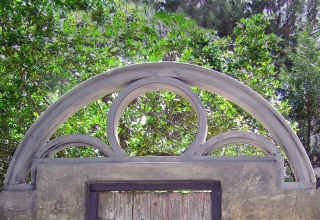
“What else?”
This question, in all of its simplicity, has been the defining theme of my coaching journey, instilling a profound change in the ways I approach relationships with myself, my patients, and my colleagues.
For a young medical student paddling through test after test, lecture after lecture, the concept of “what else?” is foreign. Traditional medical education consists of two, two-year blocks. In the first, students spend their time in classrooms where they learn the requisite medical sciences – pharmacology, pathology, physiology, and the foundations of human health and disease. During these pre-clinical years before we step full-time onto the hospital floor, life revolves around multiple choice tests, and thus, around finding the answer. There’s no room for “what else?” in the binary world of right and wrong answers. Eventually, after enough tests, students move on – no, we get catapulted – into the clinical years of patient care where, sometimes, there are multiple right answers, and at others, none.
My first experience with coaching came weeks before I would strap into the catapult. I was mulling on a list of insecurities and anxieties about stepping into the nuance, uncertainty, and emotional challenges of patient care. My biggest fear, I explained to my coach, Maggi Cary, was that amidst the academic demands of performing well on my clinical clerkships, where I would try to impress supervising physicians and earn the grades and recommendations necessary for acceptance into competitive residency programs, I would lose sight of the relationships, the patient stories, and the humanity that first called me to medicine.
When Maggi asked how I thought I could keep track of these competing tensions, I gave her my answer, which I thought was the answer.
“I’ll focus on my studies and, if there is time, make sure I keep an eye on how well I feel I’m maintaining empathy and compassion.”
“What else?” she asked.
I stared at her, thinking to myself “There is nothing else . . . that’s just how it is . . . right?”
“I’ll really focus on my studies? . . . and really try to make sure I keep an eye on my empathy and compassion?”
Did I mention the concept of “what else?” was foreign to me?
“Do you mind if I show you something?” Maggi asked, pulling a piece of paper out of her leather portfolio. Over the next 90 minutes, she introduced me to the concept of “Both/And” thinking through Barry Johnson’s Polarity Maps. Polarities focus on managing interdependent pairs and avoiding an endless cycle of swinging to one side or the other, never finding a way to strike the balance just right.
Download Article 1K Club

















Margaret Cary
March 21, 2018 at 12:59 pm
Jack – thank you for your heartfelt writing on your journey together. I have learned at least as much from you as you have learned from me.